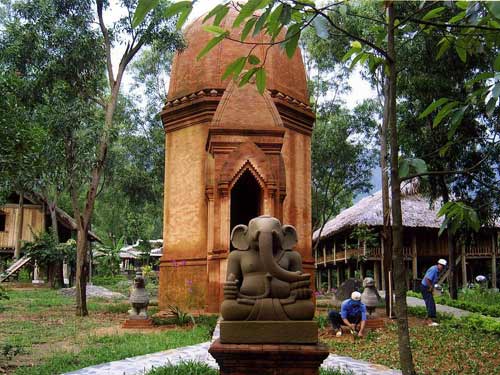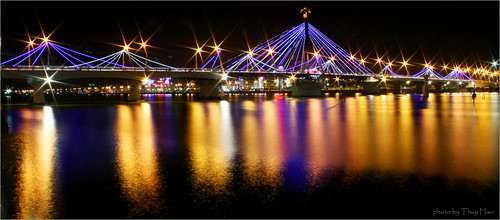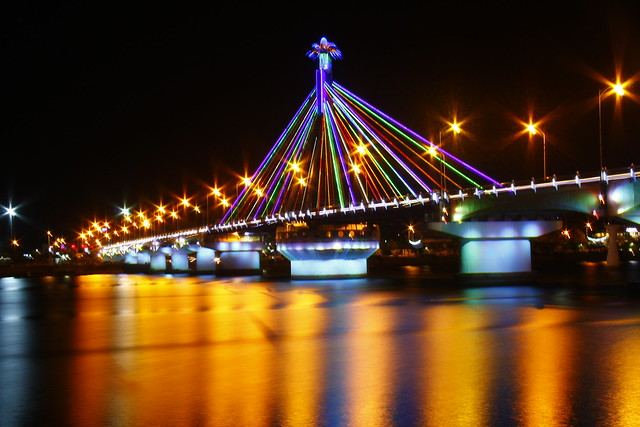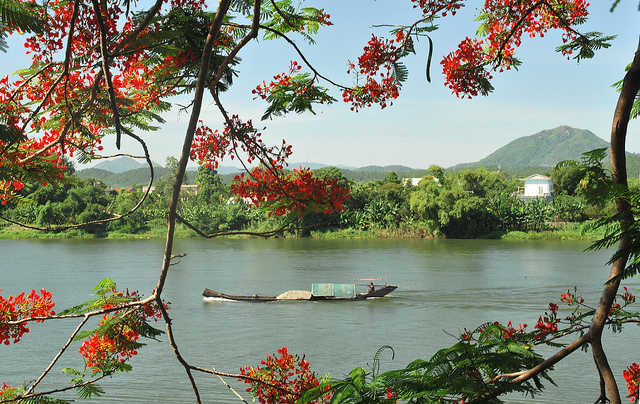
Right from the entrance to resort, Vietnamese soul with wings Us hundred eggs of the same parent symbol Au is quite impressive layout. Inside, the restaurant is designed in the center of Cham architectural style with patterned lines prototypes, unique, and strange things eye care, sexism Champa culture a time. Besides the domesticated space Vietnam also skillfully reproduced by the model of ethnic minorities, such as the Muong stilt, Tay, K’tu, Dao, Nung … Here, visitors can relax, visit and buy souvenirs, visit the ancient house Quang, Hue beam house, .. More and more amazing, when night falls, visitors are just watching the moon in the Lunar holiday house, just lift the cup Hong Dao, poetry, music …

By Luong Stream Resort, visitors will have the opportunity to explore the wonders that nature presents, can bask in the cool waters to feel the peaceful moments, listening to the sound of the stream , slightly off to roaring voices murmuring rock, mixed with birds, rustling of the jungle. And if you need a space more fun, visit the theater (seats per cent), or wander through the “city” home market … there will be more surprises await.












